Volkswagen has released some technical learning documents that provide detailed information about the MEB platform. The SSP 881213 “ID Air Conditioning and Heat Pump in MEB Vehicles” is a detailed description of Volkswagen’s heat pump air conditioning system. I would like to excerpt some of the content for readers to reference. Of course, the most important thing is the heat pump system based on R744 (CO2) refrigerant, which can fully recycle the energy from the battery, motor, power electronics and charging system as the energy source. This is also Volkswagen’s layout in terms of thermal management.
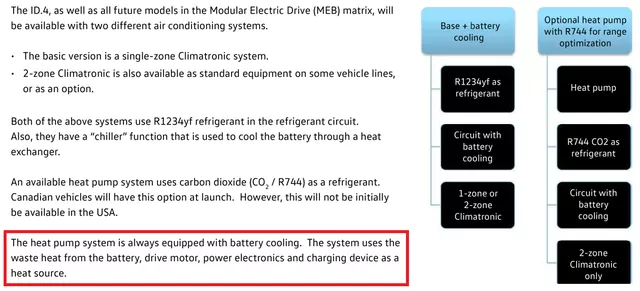
Heat Pump System
The low-temperature performance of the carbon dioxide heat pump is good and can absorb more heat at lower temperatures. The system pressure ratio is lower, the requirements for the compressor will also be lower, which can improve the heating performance of the heat pump. However, the working pressure of the carbon dioxide heat pump is about 10 times that of traditional refrigerants, and the extreme working conditions can reach about 90 bar.
Note: The ultimate advantage of R-744 is environmental protection and carbon dioxide is not toxic, so there is no need to consider recycling.
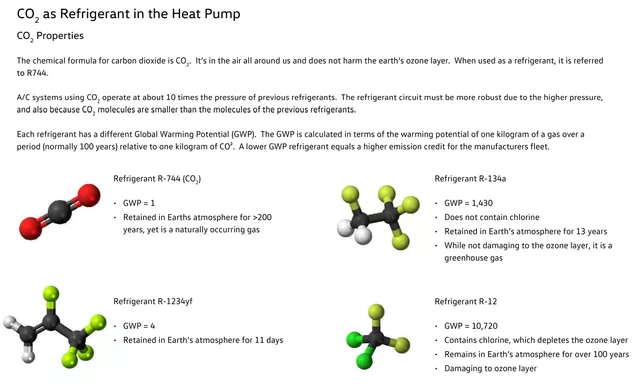
The R-744-based heat pump system mainly includes these components: VX841 air compressor assembly (also includes J842 control module), ZX17 high-pressure PTC module and J848 PTC control module, and a series of pipelines.
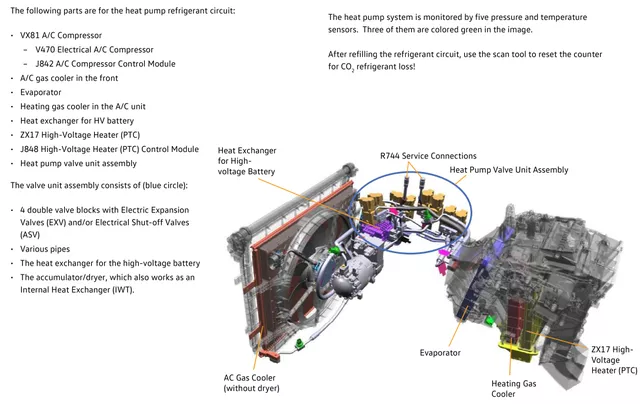
(1) AC Compressor
The core of the heat pump is this air compressor, which is compatible with both R1234yf and R744 refrigerants. The compressor has been thickened and correspondingly adapted to the size for the latter.
 The operating range of the air compressor covers -28°C to 70°C, using LIN communication, with a maximum power of 5.5kW, of which the motor power is 4.4kW.
The operating range of the air compressor covers -28°C to 70°C, using LIN communication, with a maximum power of 5.5kW, of which the motor power is 4.4kW.
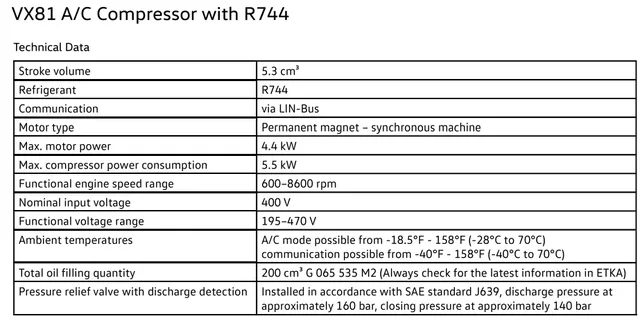
(2) Valve Unit Assembly
This set of assemblies consists of 5 shut-off valves and 3 expansion valves, totaling 8 solenoid valve devices. By different combinations of these 8 solenoid valves, the MEB heat pump system can switch between 4 cooling modes and 3 heating mode scenarios.
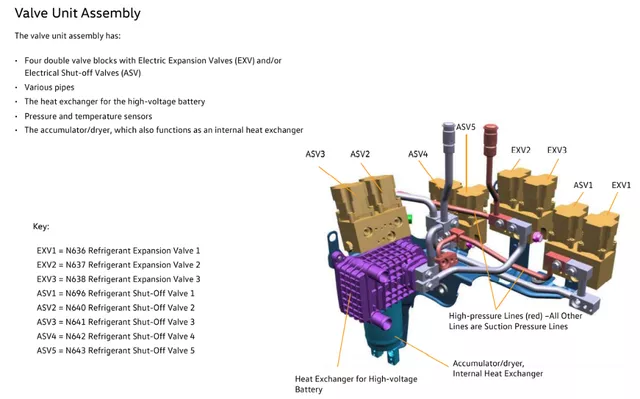

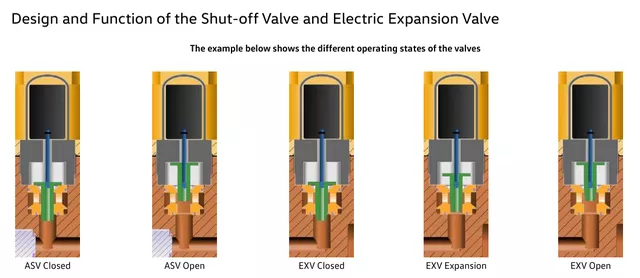
As shown in the figure below, the control logic of the assembly is quite complicated. Germans really like to focus their energy and resources on areas that consumers cannot understand and feel.
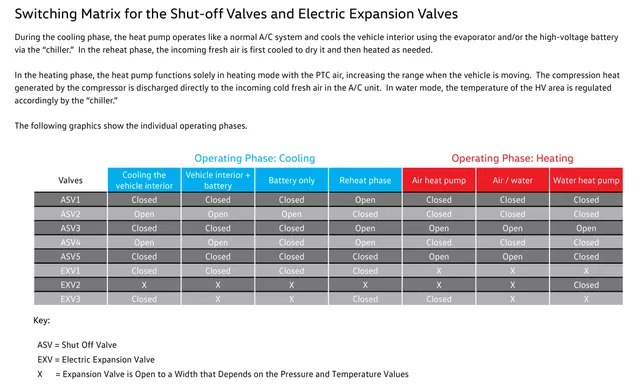
Unlike Tesla’s considerations, Volkswagen’s approach is based on engineering design. In addition to the heat pump system, it is also equipped with a traditional PTC heating system, mainly to meet the needs of extreme cold areas. When the temperature is particularly low, the heat pump air conditioner and the PTC work at the same time to quickly raise the temperature inside the car. When the temperature inside the car reaches the user’s set demand, the PTC will be managed by the heat pump air conditioner.
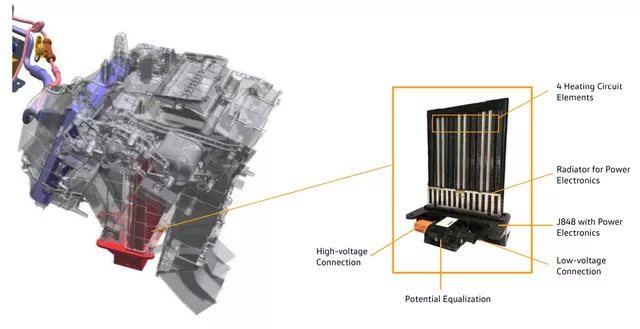
Control Mode
Because the Volkswagen system design is too complex, there is a dedicated ECU J979 to control the entire system, which is located under the instrument panel.
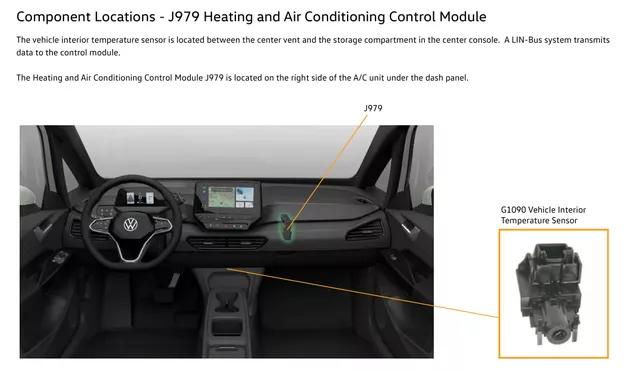 #
# 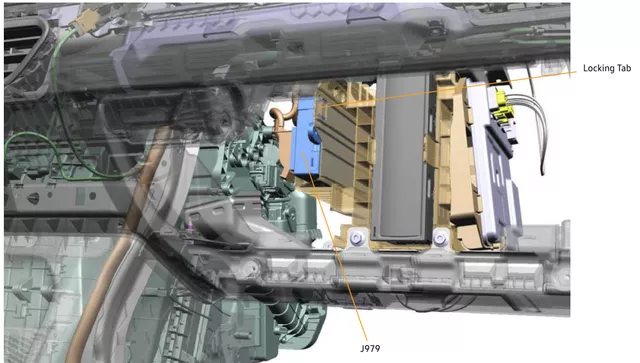 Volkswagen’s Thermal Management System Controller
Volkswagen’s Thermal Management System Controller
This is due to the fact that Volkswagen has developed too many air conditioning system modes—this technical introduction lists many detailed designs, which shows the effort put in by the engineers. They are listed here, and readers can study them on their own. It’s hard to imagine how sales consultants could convey these instructions to consumers.
(1) Cooling of the cabin during summer
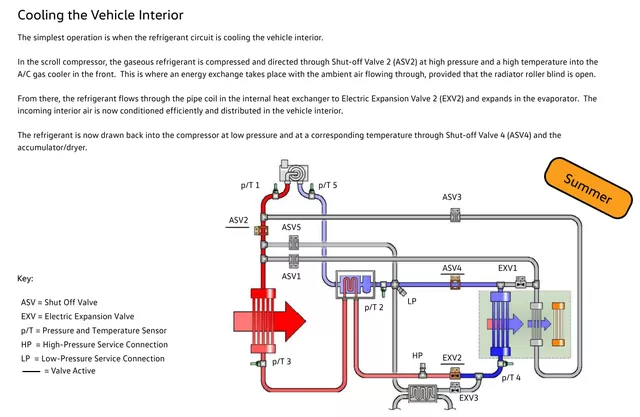
(2) Cabin cooling and battery cooling at the same time
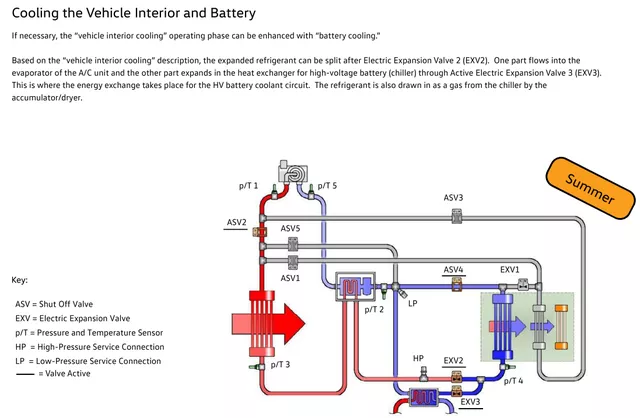
(3) Only battery cooling is needed
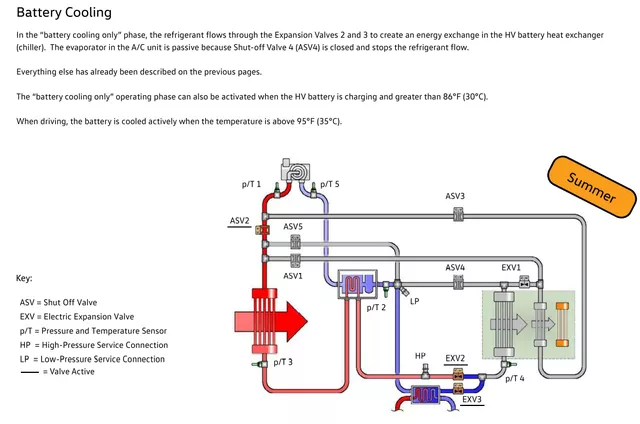
(4) Reheat mode
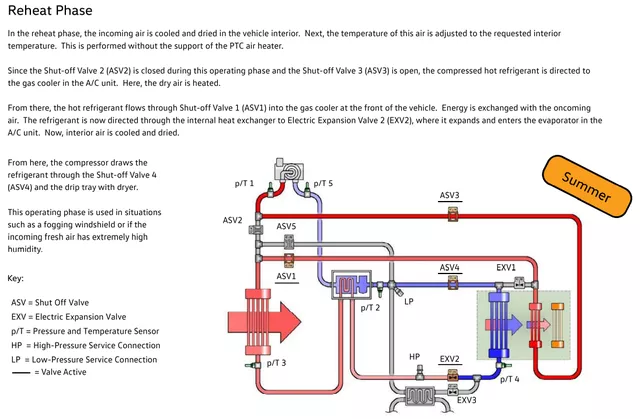
(5) Heat Pump Mode 1
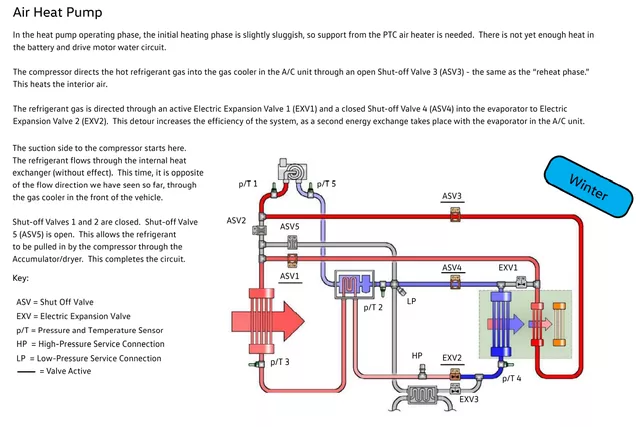
(6) Heat Pump mode 2
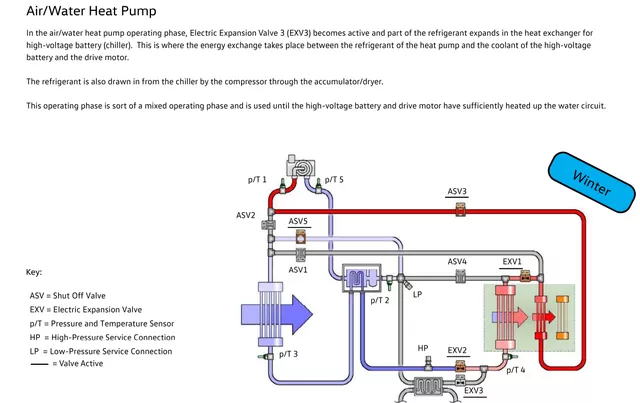
(7) Heat Pump mode 3
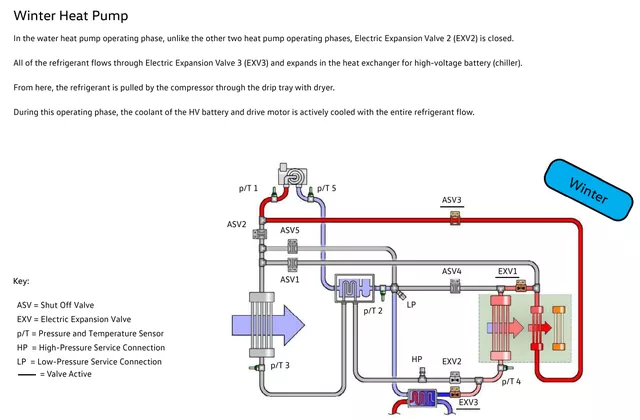
Summary: The MEB platform, for which German engineers spent a lot of effort and resources, has been criticized by many consumers in China. In fact, from the perspective of many detailed engineering design ideas, many of Volkswagen’s engineering thinking are not necessarily outdated. It’s just that under Tesla’s American-style approach, these technological characteristics of Volkswagen never had the chance to be fully displayed. When consumers see the car entertainment system and autonomous driving, they just shake their heads and walk away. When I have time, I will collect more information about MEB and interpret it. It may be valuable for us to fully understand the technical characteristics and evolution of this platform, and there are many aspects of German engineering design that are worth learning from.
This article is a translation by ChatGPT of a Chinese report from 42HOW. If you have any questions about it, please email bd@42how.com.